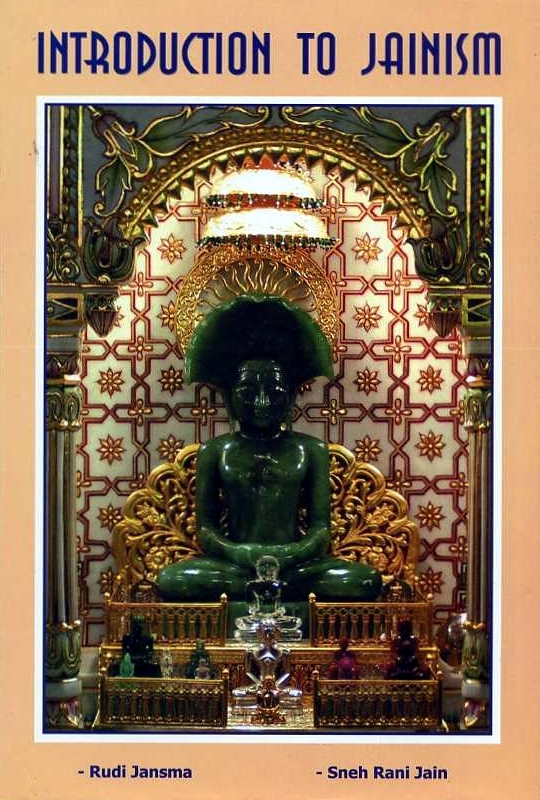We have seen that we ourselves, and those who are visible to our eyes, inhabit only an extremely small part of the universe, in the central part - Jambūdvīpa - of the Middle World. Around Jambūdvīpa are the other, related dvīpas or “planets,” which are inhabited and more or less related to the ones we know, but still imperceptible because they differ in density of matter or time period from us. But even then we are speaking only of a thin slice in the “waist” of the universe - almost nothing compared to the whole knowable universe, which stretches many light-years above and below our planet. Jainism teaches that no square millimeter of the universe is uninhabited. The classification and ecology of Jainism include the whole universe. Apart from the liberated souls which live separated from the rest in the topmost section of the universe, all souls are a brotherhood of “pilgrims” which are identical in essence, but which due to their particular karmas go through experiences in various dimensions, and which clothe themselves in an endless variety of forms. At some time every soul passes through every region and every sub-region of the universe. The Tīrthamkara Mahāvīra pronounced some 2500 years ago the constitutional law of spiritual ecology by saying that all forms of life are connected in reciprocal support (“parasparopagraho jīvanam”). The whole universe is thus defined as an ecological unit.
The taxonomy of living nature in Jainism is in the first place based on the inner status of unfolding or moral development, and not primarily, as is the case in the West, on outer form. Above and apart from all other beings are the liberated souls, which in past times were bound to existence as we are, but are now freed from all karmas and therefore from all outer attributes. Those, which have not yet reached liberation, are classified according to the number of senses, which have come to expression. Every form of existence with which the soul may clothe itself is the karmic result of the soul vibrations in previous forms of existence, as discussed in the two previous chapters.
Many beings, such as microorganisms, plants and mineral lives, have only one sense organ, which means that they relate to one universal element, and that is touch or feeling, and thus the ability to suffer. All animals are of higher development, but many of them express only two sense faculties in their present bodies; others have three, four, or five. The examples are not always correct from a modern biological point of view, but the basic idea is that the soul in its upward aspiration, while expressing itself in the outer world, unfolds in such a way that it can gain experience and knowledge of ever more elements. Evolution has added the mind to the highest animals and humans. Beings going through hellish or heavenly experiences all have a mind, as stated earlier. This indicates that the heavens and hells are, primarily states of consciousness, besides spatial locations. Without the power of mind, no creatures can acquire hellish or heavenly experiences.
Below I give a brief summary and explanation of the Jain classification of nature:
I | a | Immovable beings with one sense (i.e. feeling, including paranormal feeling): earth-lives, water-lives and plants (discussed in chapter 5). |
b | Movable beings with one sense: fire lives and air or wind lives. | |
II | Beings with two senses (always feeling and taste). | |
III | Beings with three senses (always feeling, taste, and smell). | |
IV | Beings with four senses (always feeling, taste, smell and vision). | |
V
|
| Beings with five senses (the former, and hearing added), with or without a mind |
a. | Animals higher in evolution than those already mentioned, and these are further classified into animals that live in or on earth, water, or in the air. | |
b. | Humans, classified into two types:
| |
c. | Divine beings which live in the Middle World, such as the goddesses of the seven mountain lakes and the many divine beings who reside on islands in lakes at the foot of the mountains and hills - each of which has its own divinity. There are also “gods” or celestials of the lowest kind who live in the Middle World as well as the highest hell. | |
d. | Celestial bodies (Jyotishka): suns, moons, planets, constellations and stars are included in the Middle World as well, and move in a circle around Mount Meru. Among other things they can exert a direct influence on the rhythms of the earth and its meteorological phenomena. | |
 Dr. Sneh Rani Jain
Dr. Sneh Rani Jain
 Publisher:
Publisher: